‘Mandalorian’ Theory Attempts To Explain How Rey Is So Extremely Powerful And “All The Jedi”
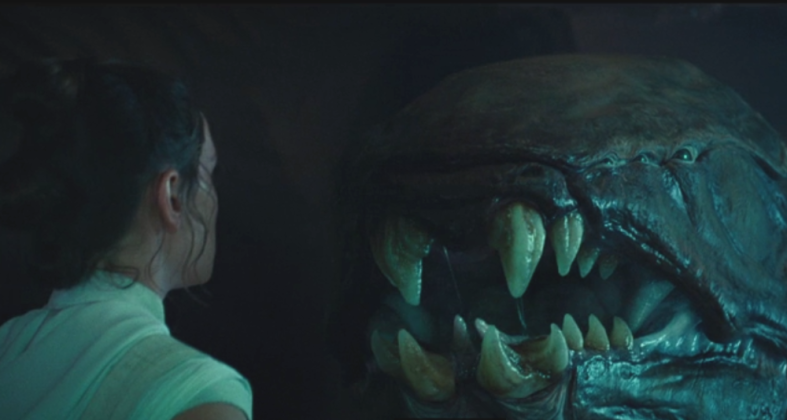
A new fan theory stemming from the most recent episodes of The Mandalorian claims to explain how Rey is so extremely powerful and “all the Jedi” in the Disney sequel trilogy films.
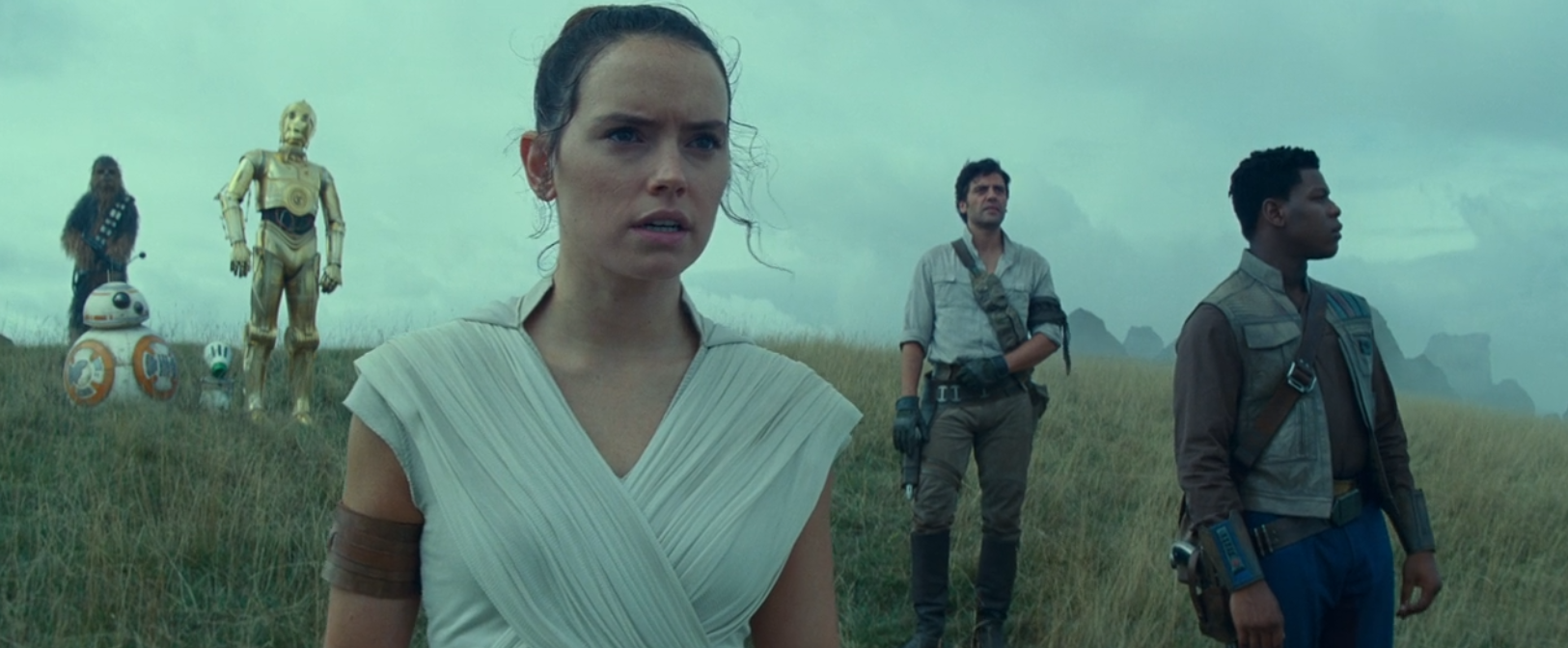
Daisy Ridley as Rey, Oscar Isaac as Poe Dameron, and John Boyega as Finn in Star Wars: The Rise of Skywalker (2019), Lucasfilm
Lorn Conner of That Park Place appeared on YouTuber WDW Pro’s channel and shared his theory on Rey and how it stems from the most recent episode of The Mandalorian involving cloner Dr. Pershing.
In the most recent episode, it introduces Dr. Pershing explaining his cloning technology saying, “Thanks to the groundbreaking work of the Kaminoans, we know that cloning can duplicate an individual from a single genetic strand. What my work explored was the hopes of combining multiple strands to create replicas that incorporated the best genetic attributes of both donors.”
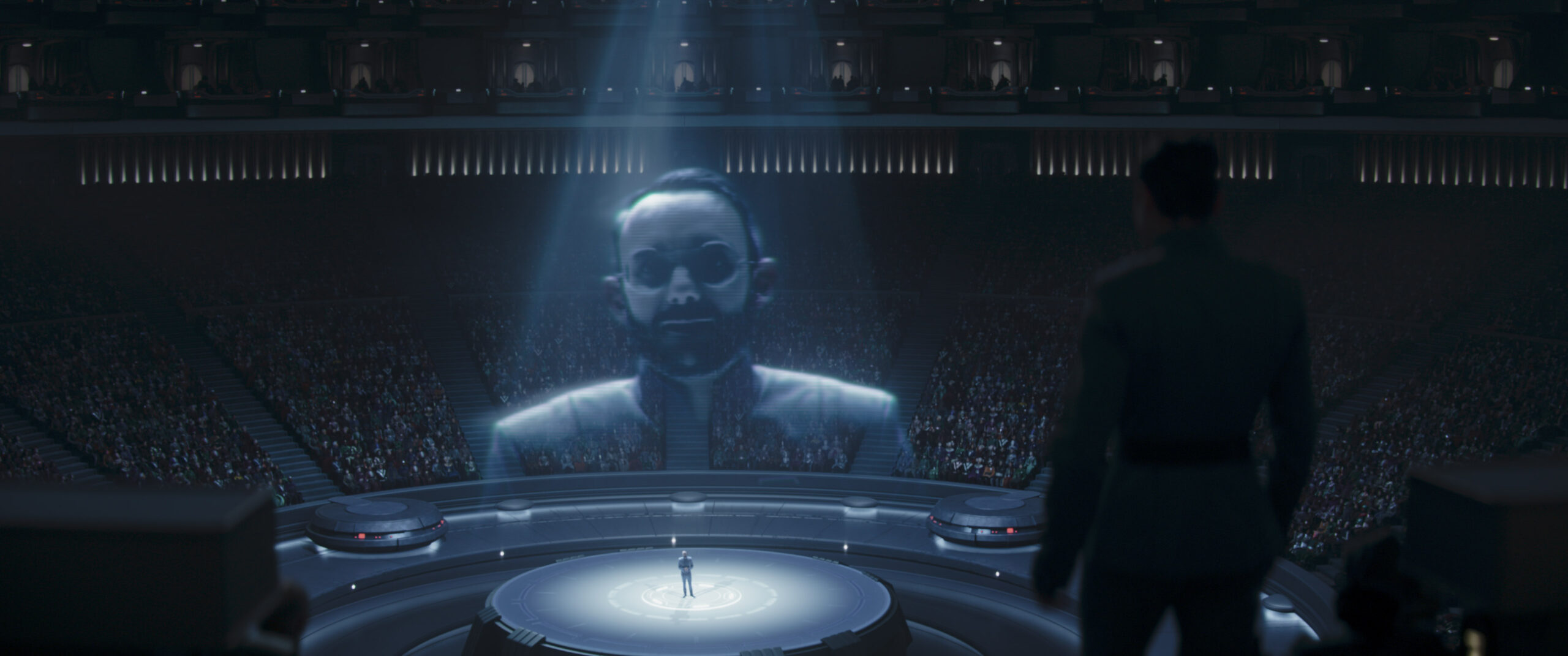
Dr. Penn Pershing / Amnesty Scientist L52 (Omid Abtahi) in Lucasfilm’s THE MANDALORIAN, season three, exclusively on Disney+. ©2023 Lucasfilm Ltd. & TM. All Rights Reserved.
RELATED: Mandalorian Theory Explains Why The Empire Wants Baby Yoda
Using this information as a jumping off point, Conner explained his theory about Rey, “I would suggest that the Palpatine that we see in the sequel trilogy is not the Palpatine from the original trilogy. That Palpatine did indeed die. And I think that you could see that there are people who may have a vested interest in having a Palpating heading up a government that would give them a lot of power.
“But their only option was a clone and that clone wasn’t truly viable,” he said. “It would decay because you cannot properly clone a Jedi [or Sith].”
He continued, “The issue is that a high concentration of midi-chlorians prevents a clone from being a made of a Jedi or a Sith or any highly Force sensitive individual. So when they’re able to create this husk that is the Palpatine that you see in The Rise of Skywalker that is kept alive by the Omen mechanism, all of these machines and things that keep him suspended in the air. But what he truly needs is a viable host.”
“And so I would suggest that what they did instead was not create a clone, but a blank. Think of a blank body without any real features, but that when implanted with a strand cast, which is this crisper genetic data that is built out of several different donors. In the right combination you could then create a living being that would grow naturally, which is who Rey becomes,” he asserts.
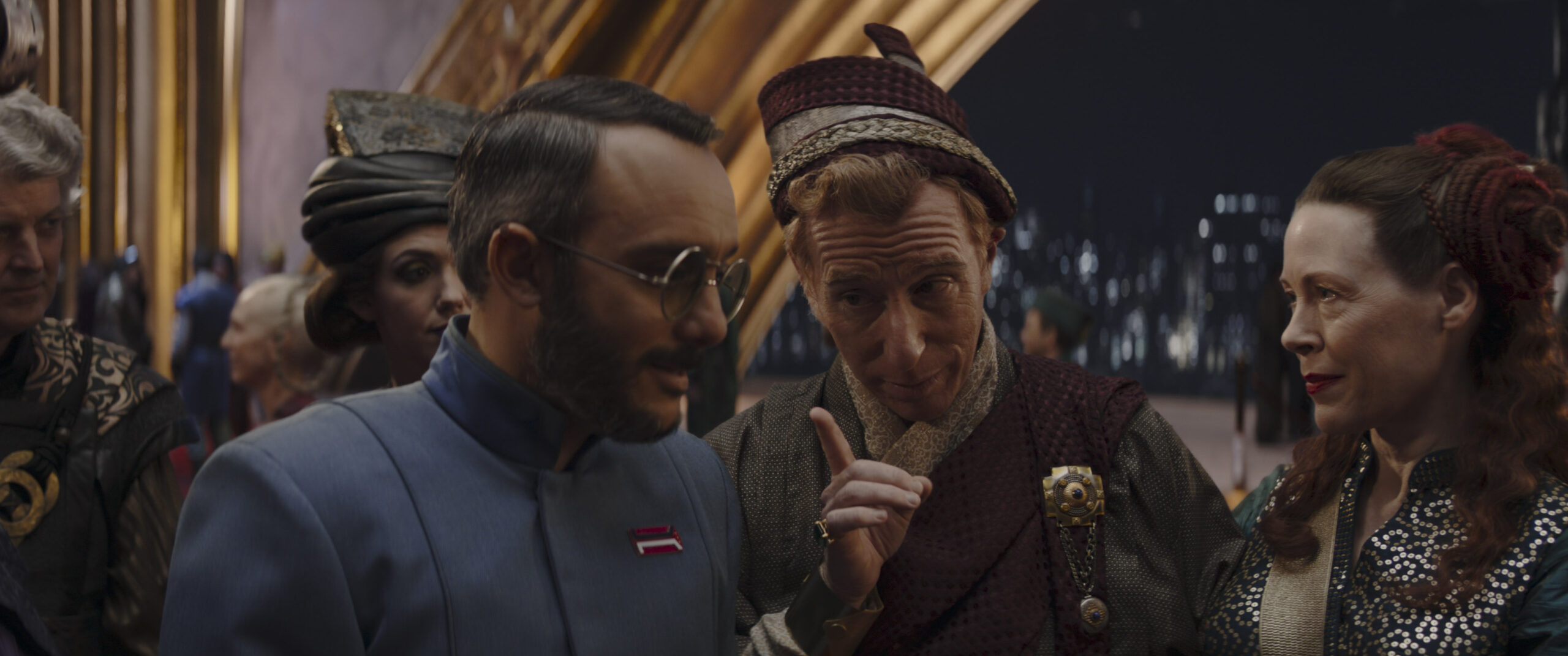
(L-R): Dr. Penn Pershing / Amnesty Scientist L52 (Omid Abtahi), Aristocrat 2 (Stephen Kearin) and Aristocrat 4 (Veanne Cox) in Lucasfilm’s THE MANDALORIAN, season three, exclusively on Disney+. ©2023 Lucasfilm Ltd. & TM. All Rights Reserved.
RELATED: Charles Soule Explains How The Force Will Change With The High Republic
He then shared a list of donors that would make up Rey, “And I would suggest that the donors for this blank would be Palpatine himself, part of his body that is retrieved prior to his actual death; Luke’s hand from the end of The Empire Strikes Back, which the Empire retrieved; potentially Ezra although I’m not entirely sure about that one yet; Obi-Wan Kenobi; Quinlan Voss and/or Cal Kestis; and Grogu.”
“And I would suggest that Grogu’s blood was the stabilizing element that allows this process to work,” he asserted.
He went on to state, “It also ties into the quote at the end of that movie where Palpatine claims that he is all the Sith and she replies that, ‘I am all the Jedi.’ It could also explain, although I hate this, it could also explain why she hears all the voices at the end.”
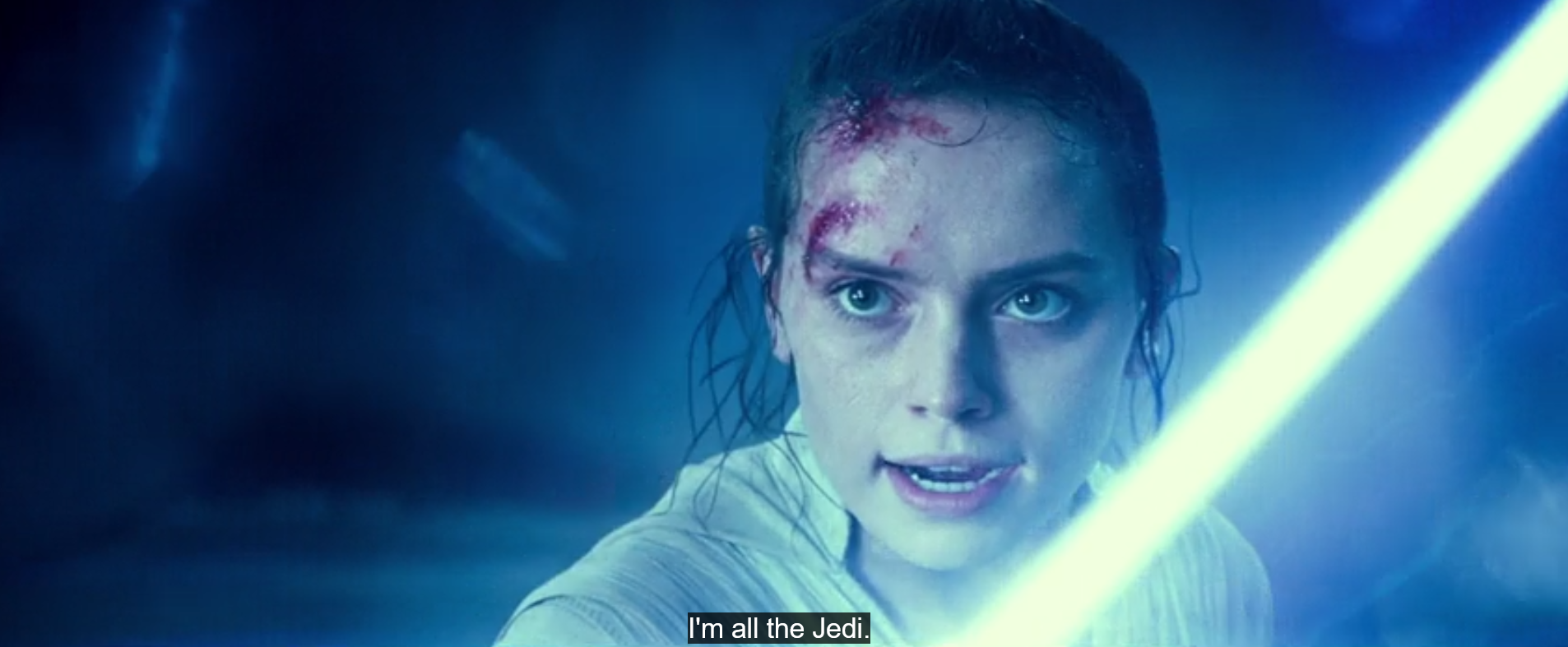
Daisy Ridley as Rey in The Rise of Skywalker (2019), Lucasfilm
There are a couple of problems with this theory right out of the gate. First, it doesn’t lineup with Rey’s lineage as depicted in The Rise of Skywalker. In the film, she is the daughter of a clone of Palpatine. Now, it’s possible Conner’s theory is splicing in all of this genetic material as the child is in the mother’s womb, but that’s not what he posits. He posits Rey is fully formed from a husk after the strand cast DNA is implemented. To repeat, this doesn’t match up with the sequel trilogy films.
Second midi-chlorian counts don’t necessarily determine whether one will be strong with the Force, it’s more about potential. The Phantom Menace makes it clear Anakin does not even know he’s Force sensitive until Qui-Gon Jinn discovers him. He only knows he’s adept at podracing.
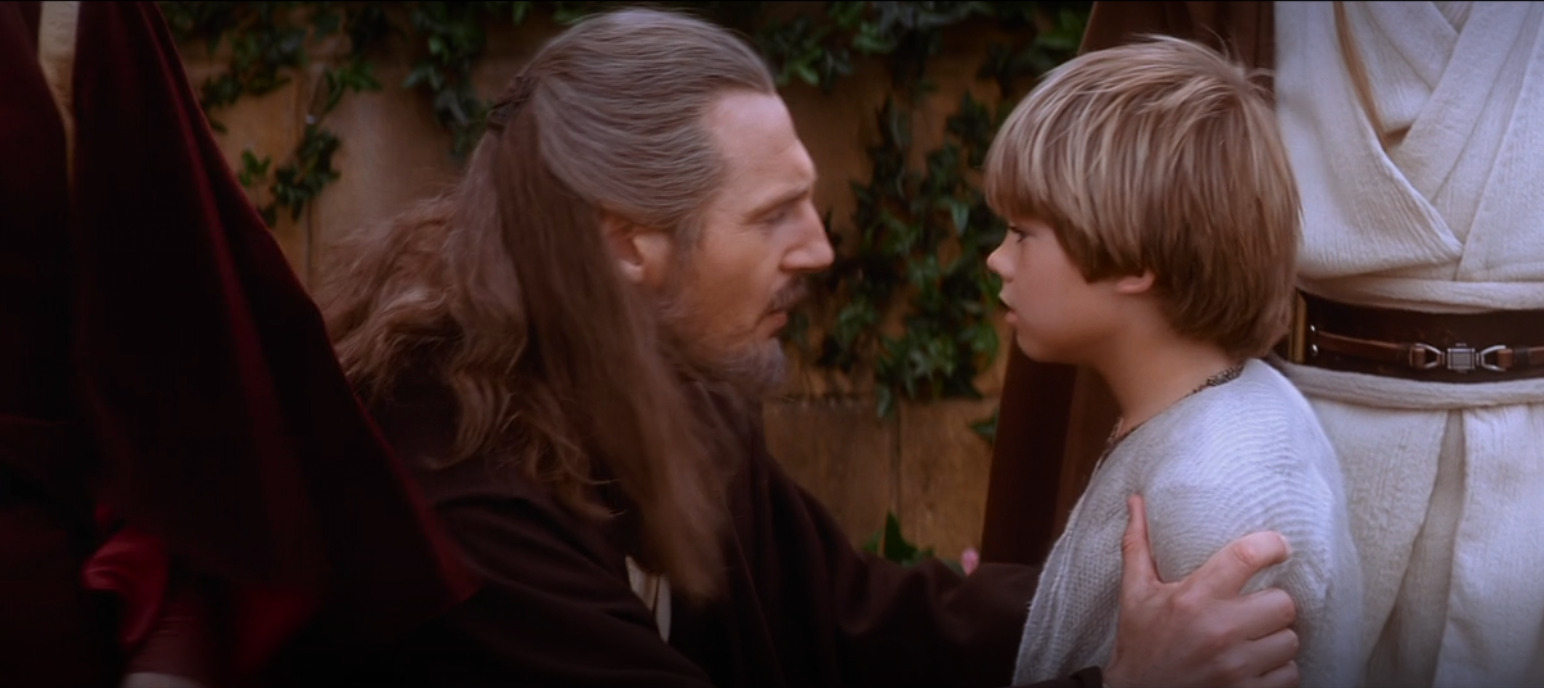
Liam Neeson as Qui-Gon Jinn and Jake Lloyd as Anakin Skywalker in Star Wars: The Phantom Menace
George Lucas was also asked by Lawrence Kasdan about the Force back at the Revenge of the Jedi Story Conference in 1981.
Kasdan asked, “The Force was available to anyone who could hook into it?” Lucas replied, “Yes, everybody can do it.” Kasdan followed up, “Not just the Jedi?” Lucas answered, “It’s just the Jedi who take the time to do it.”
He went on to elaborate, “Like yoga. If you want to take the time to do it, you can do it; but the ones that really want to do it are the ones who are into that kind of thing. Also like karate.” Thus one has to take the time to train in order to become stronger in using the Force. To reiterate, just because you have a high midi-chlorian count does not automatically grant one extremely powerful Force abilities.

George Lucas via Clive TV YouTube
To further elucidate this point, Lucas explained how having a higher midi-chlorian count gave one a higher awareness of the Force in 1977’s The Making of Star Wars: The Definitive Story Behind the Original Film.
He detailed, “It is said that certain creatures are born with a higher awareness of the Force than humans. Their brains are different; they have more midi-chlorians in their cells.” But being aware of the Force is still not the same as being a practitioner or master of it. One can be aware of karate, but not be proficient or a master of the discipline.
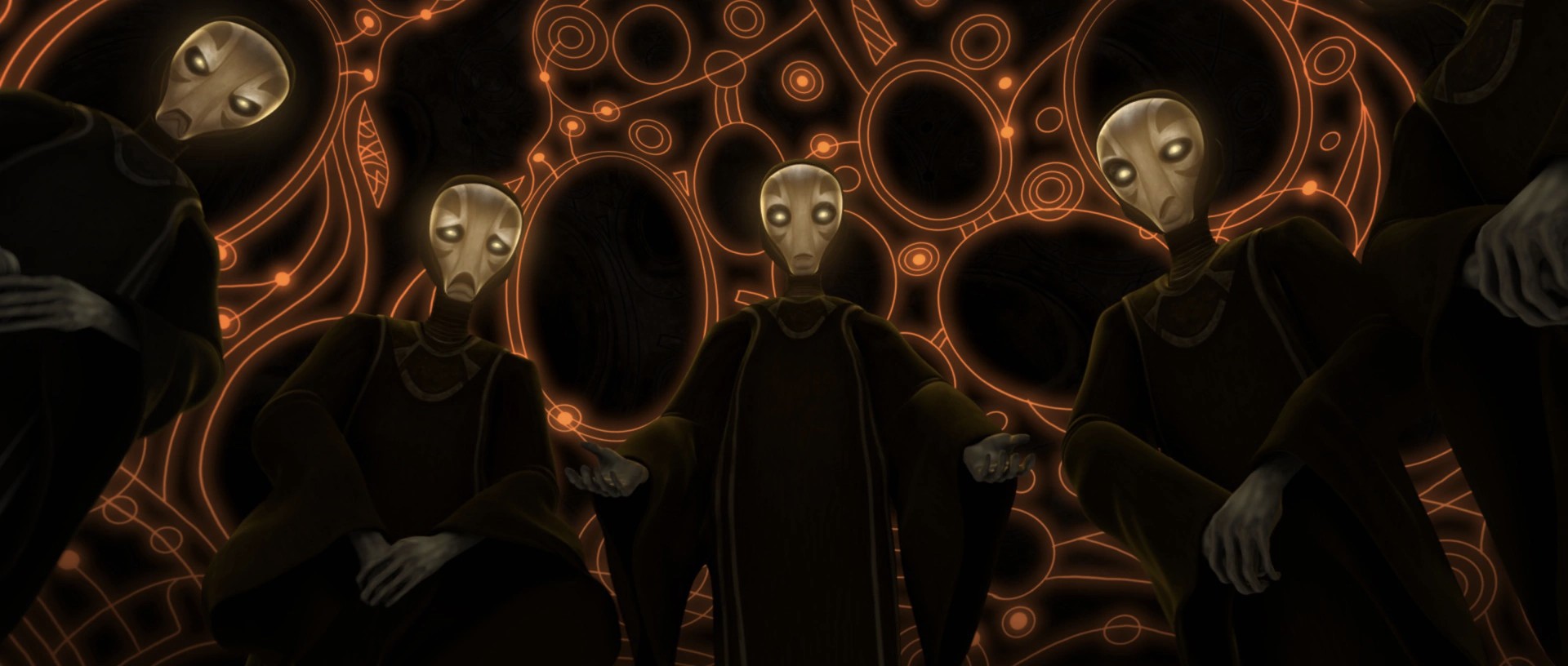
Star Wars The Clone Wars, Lucasfilm
RELATED: Dave Filoni Confirms ‘The Mandalorian’ Timeframe “Goes All The Way Up To Episode VII”
As far as the canon definition of midi-chlorians and what they are and how they operate Qui-Gon Jinn explained in The Phantom Menace, “Midi-chlorians are a microscopic life form that reside within all living cells.”
He added, “Life forms living together for mutual advantage. Without the Midi-chlorians life could not exist and we would have no knowledge of the Force. They continually speak to us, telling us the will of the Force. When you learn to quiet your mind, you’ll hear them speaking to you.”
Again, you need training in order to hear them.
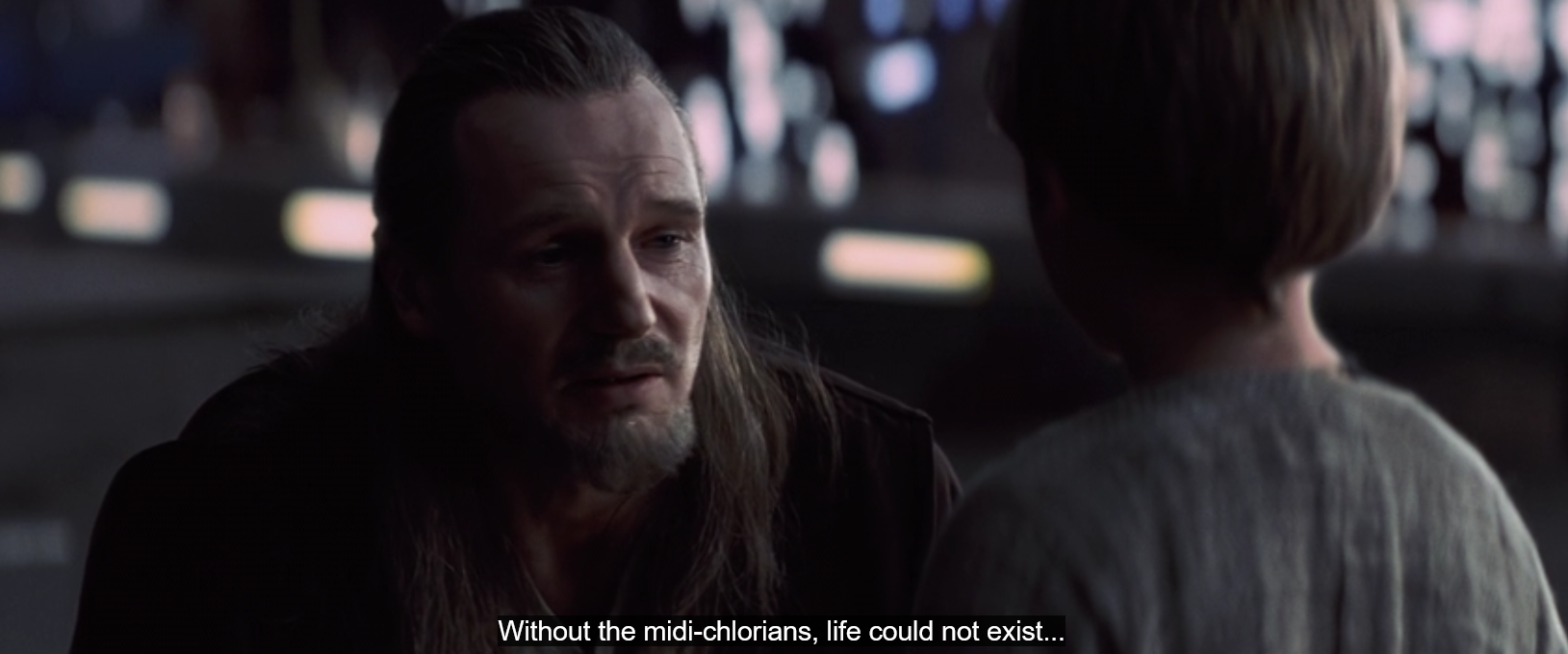
Liam Neeson as Qui-Gon Jinn and Jake Lloyd as Anakin Skywalker in The Phantom Menace (1999), Lucasfilm
Just to recap, a high Midi-chlorian count might bring higher awareness and thus higher potential, but it does not actually grant one proficiency or mastery of the Force or explain why Rey is so extremely powerful.
As for Rey being able to hear the voices, she would theoretically have been able to do so in the first place with enough training, but it’s clear from the films Rey never learned how to quiet her mind.
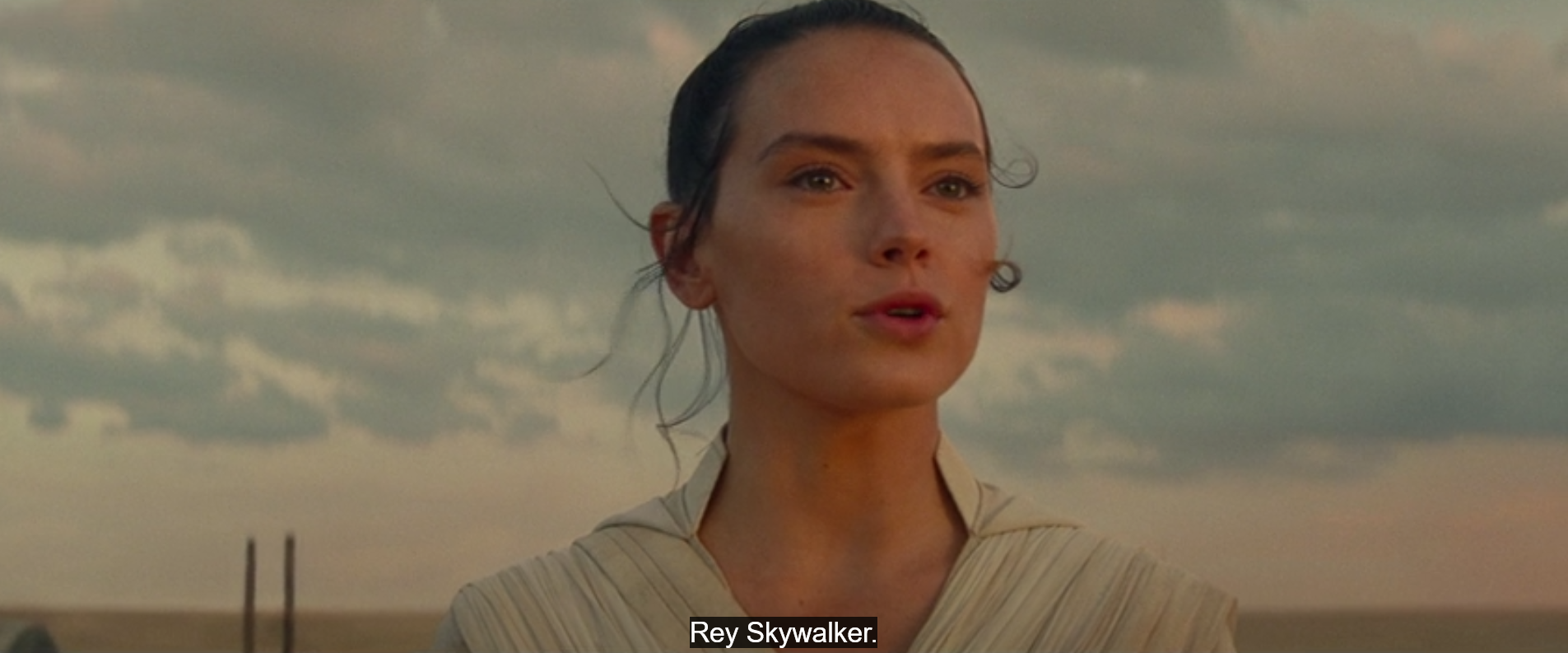
Daisy Ridley as Rey in Star Wars: The Rise of the Skywalker (2019), Lucasfilm
On top of the numerous problems with this theory, the Disney sequel trilogy is anathema to anything that came before it. It cannot be matched up or made sense of because it’s all nonsensical. The only way forward for Star Wars is the complete eradication or erasure of the sequel trilogy from canon.
What do you make of this theory? Do you think this is the direction Dave Filoni and Jon Favreau are taking the show in order to try and make sense of the Disney sequel trilogy?
NEXT: ‘The Mandalorian’ Season 3 Premiere Viewership Reportedly Worse Than ‘The Book Of Boba Fett’
More About:Movies Television
